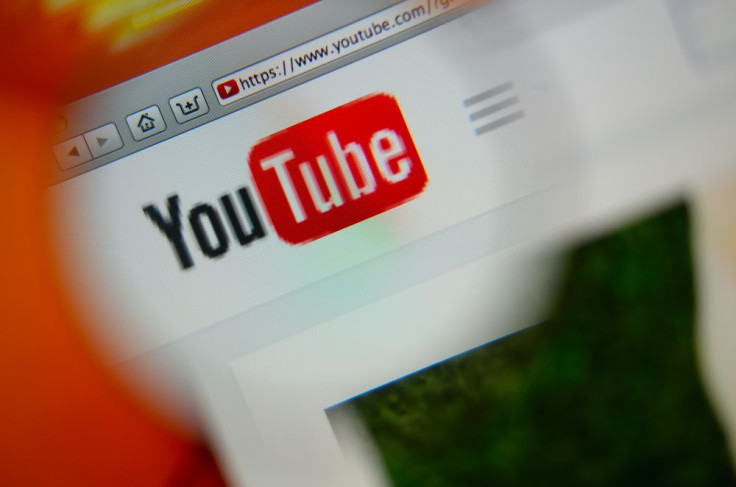YouTube Videos Portraying Drunkenness With Humor May Influence Underage Viewers; Few Show Alcohol's Harms

As the health risks associated with smoking cigarettes and drinking alcohol have come to light over the last few decades, local governments and health care providers have both made efforts to curb their appearances in the media. However, the media doesn’t only include film and television anymore; the Internet is a bastion for videos, photos, music, and everything in between — and its content is largely unregulated when it comes to videos portraying alcohol. Now, a study finds these videos aren’t only popular, but they could be giving teens the wrong ideas about drinking.
“Several studies have linked watching movies containing alcohol abuse in them with actual alcohol-related behaviors,” said Brian Primack, associate professor of medicine and pediatrics at the University of Pittsburgh, in a press release. Such studies, like one published last year, found both female and male college students were more likely to attach themselves emotionally and have positive attitudes toward film clips portraying alcohol in a positive light. Another one from 2012 found teens in six European countries who were exposed to more alcohol were more likely to binge drink.
YouTube has over a billion users, and according to its website, “The number of hours people are watching on YouTube each month is up 50 percent year over year.” Knowing this, Primack and his team were interested in seeing how alcohol was portrayed on the website, and found that videos showing intoxication were more likely to be popular if they were combined with humor or someone physically attractive. Meanwhile, videos that depicted alcohol and also showed negative outcomes were likely to be less popular — falling in line with the previous research.
“YouTube is an important medium to study for a couple of reasons,” Primack said. “If you want to learn about something in general, you will often ‘Google’ it. However, more individuals are now going straight to YouTube for their searches because it provides written information, visual information, and group discussion all together.”
In all, the researchers looked at 70 of the most popular videos portraying drunken behavior, which were searched for under the terms “drunk,” “buzzed,” “hammered,” “tipsy,” and “trashed,” and had combined total of over 330 million views. Once they were coded and categorized, the researchers found 44 percent of them mentioned a specific brand of alcohol (most often liquor), 79 percent presented drunkenness in a humorous way, and that on average there were about 23 “likes” for every “dislike.” Moreover, out of the 86 percent of videos that showed intoxication, only seven percent referenced alcohol dependence.
While it’s unclear which videos were used for the study, a simple search on YouTube turns up a plethora of videos ranging from drunk pranks to breakfasts made entirely of alcohol to compilations of drunk people. It’s also unclear who was watching these videos, however, Primack’s previous research on YouTube demographics suggests they were mostly underage. If that’s the case, the team believes their new findings offer new insights into how they can educate underage viewers about the dangers of overdrinking.
Binge drinking is typically considered to occur when a woman drinks four alcoholic beverages and a man drinks five within two hours. As more drinks are consumed, a person risks death or injury from a variety of factors, such as drunk driving and falls; partaking in unsafe sexual behavior, which can result in pregnancy or STDs; or dying from alcohol poisoning.
“It would be valuable for public health advocates to post such material,” Primack said. “It is interesting that none of the videos we analyzed were developed for this purpose, which could help ‘even out’ the types of portrayals so that commonly viewed videos would more accurately manifest the true consequences of alcohol use. It seems like a missed opportunity because there can be a relatively low expense involved in creating and posting videos for YouTube.”
Source: Primack B, Colditz J, Pang K, Jackson K. Portrayal of Alcohol Intoxication on YouTube. Alcoholism: Clinical & Experimental Research. 2015.



























